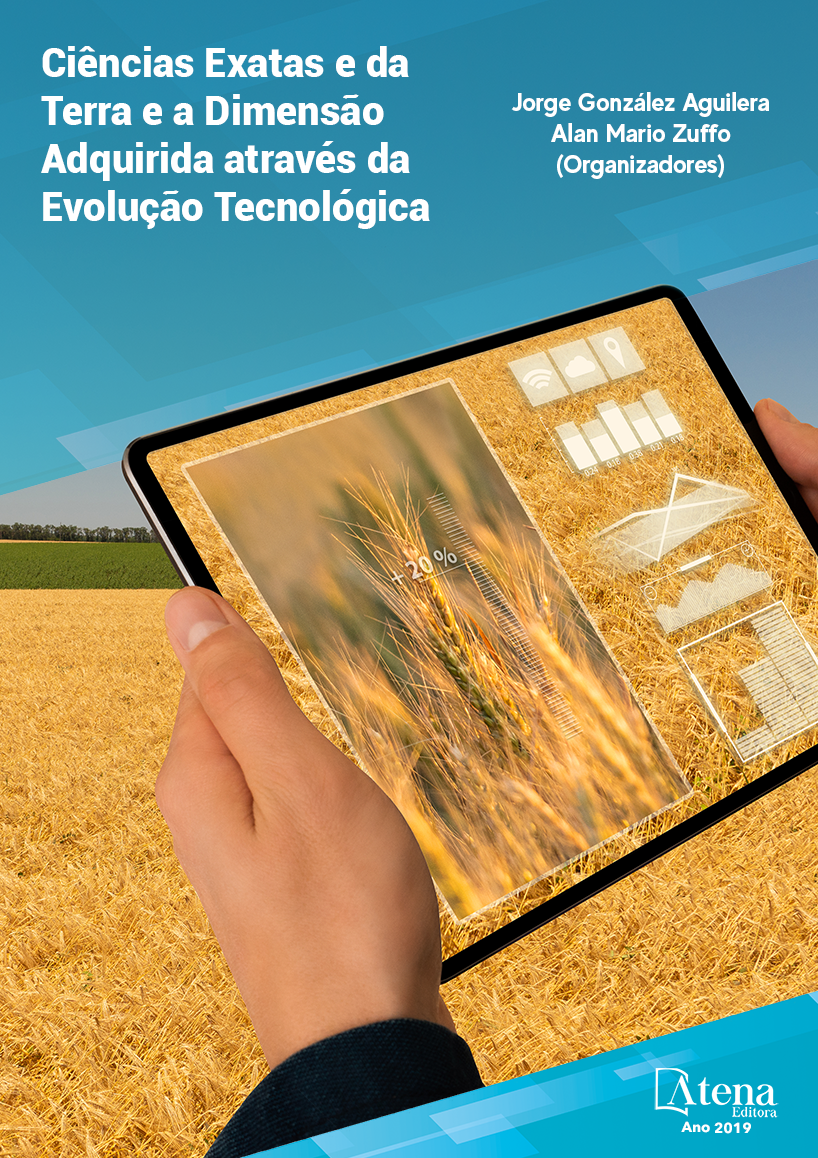
A EVOLUÇÃO DO LICENCIAMENTO AMBIENTAL EM MINAS GERAIS
As normas que regem o
licenciamento ambiental em Minas Gerais
vêm sendo modificadas ao longo do
tempo buscando a sua racionalização e o
aprimoramento da qualidade ambiental. O
presente artigo tem objetivo descrever a sua
evolução, utilizando como marcos temporais
Deliberações Normativas (DN) do Conselho
Estadual de Política Ambiental – COPAM. Em
1990 foi aprovado o primeiro regulamento
do COPAM, a DN 01, que introduziu critérios
objetivos quanto ao porte e potencial poluidor
para classificação de empreendimentos ou
atividades potencialmente poluidores para fins
de licenciamento ambiental. Em 2003 iniciou-se
uma reestruturação administrativa do Sistema
Estadual de Meio Ambiente e Recursos
Hídricos - SISEMA, com a regionalização do
COPAM, que teve como premissa, também,
a sua desconcentração. A consolidação desta
reestruturação se deu com a aprovação da DN
COPAM 74 de 2004, cuja principal inovação
foi instituição da Autorização Ambiental de
Funcionamento – AAF. A AAF altera a lógica do
licenciamento de empreendimentos de pequeno
porte, com a autorização para funcionamento
mediante o compromisso do empreendedor e
do respectivo responsável técnico aos padrões
estabelecidos nas normas ambientais. Em
2016 entrou em vigor a Lei 21.972/2016, que,
dentre outros objetivos, reorganiza o COPAM
reestabelecendo a competência de aprovação
do licenciamento ambiental pelas câmaras
técnicas. A Lei cria ainda o Licenciamento
Ambiental Simplificado em substituição à AAF.
Esta última etapa foi finalizada com a edição
da DN COPAM 217 de 2017 que introduz o
conceito de gestão territorial com a inserção da
variável locacional aplicada a classificação de
empreendimentos potencialmente poluidores,
premissa perseguida desde 2009
A EVOLUÇÃO DO LICENCIAMENTO AMBIENTAL EM MINAS GERAIS
-
DOI: 10.22533/at.ed.7261911071
-
Palavras-chave: gestão ambiental; licenciamento; fator locacional
-
Keywords: Environmental management; Licensing, Location variable
-
Abstract:
The standards that govern environmental licensing in Minas Gerais have been being modified through time in
order to achieve rationalization and improvement of environmental quality. This article
aims to describe the standard’s evolution through time using as key time frames the
Regulatory Deliberations (Deliberações Normativas – DN) of the State Council for
Environmental Policies (Conselho Estadual de Políticas Ambientais – COPAM). In 1990,
COPAM approved the first Regulatory Deliberation, DN-01, which created objective
criteria regarding the magnitude and pollutant potential in order to classify enterprises
or other potentially pollutant activities in the context of environmental licensing. In 2003,
an administrative reform took place in the State System of Environment and Water
Resources (Sistema Estadual de Meio Ambiente e Recursos Hídricos – SISEMA).
This reform regionalized the council, and had as a premise COPAM decentralization.
The DN COPAM 74 from 2004 cemented the reform and had as the main innovation,
the creation of the Environmental Permit for Operation (Autorização Ambiental de
Funcionamento – AAF). The AFF alters how environmental licensing functions for small
enterprises, as the permit is given through the commitment of the entrepreneur and the
technical manager to abide by the standards set by the environmental standards. In
2006, the Law 21.972/2016 was created. Among other objetives, the Law reorganizes
COPAM, making the technical committees responsible for environmental licensing. The
Law also created the Simplified Environmental Licensing (Licenciamento Ambiental
Simplificado), substituting the AFF. This last step ended with the issuing of the DN
COPAM 217 from 2017, which created the concept of territory-wise management taking
into account the location variable in order to rank potentially pollutant enterprises, a
premise sought after since 2009.
-
Número de páginas: 15
- Alexandre Magrineli dos Reis
- Zuleika Stela Chiacchio Torquetti
- Germano Luís Gomes Vieira
- MARÍLIA CARVALHO DE MELO


